True or False for Stem Cell Awareness Day 2018 is an excellent and needed RegMedNet feature. There are many misconceptions about stem cells in the research space, and even more misinformation or lacking information in the stem cell industrial space. These sometimes surprising deficits in knowledge and understanding inhibit progress in stem cell medicine and stem cell commercial development. Two leading ones are:
1. “There are molecular expression biomarkers that identify adult tissue stem cells exclusively (e.g., CD34, CD133, CD90).” False. These misnamed “stem cell biomarkers” also detect committed progenitor cells that lack the unique asymmetric self-renewal property of adult tissue stem cells, which confers their ability to provide durable tissue restoration cures .
2. “Previously, it has been possible to count adult tissue stem cells.” False. Because adult tissue stem cells are a small fraction of the total cells in even their most enriched preparations and distinguishing tissue stem cells from more abundant committed progenitor cells has been impossible, previously, it has not been possible to count adult tissue stem cells. Assays like the colony forming unit (CFU) assay give unreliable read-outs of both tissue stem cells and committed progenitor cells, with committed progenitors predominating. Even the gold standard for estimating hematopoietic tissue stem cell (HSC) number – the limiting dilution SCID mouse repopulation cell (LDSRC) assay – is a highly variable statistical method that conflates HSC quantity with HSC quality. As a result of this tissue stem cell counting problem, tissue stem cell experiments are conducted without knowing the number of stem cells involved; approved and non-approved tissue stem cell treatments are administered without knowing the stem cell dose; tissue stem cell clinical trials are performed without being interpreted with respect to stem cell dose; manufactured tissue stem cells are produced inefficiently without optimization, supplied without reporting the number of stem cells, and sold without quality control; and tissue stem cell instruments (e.g., “stem cell counters”), reagents (e.g., “stem cell growth medium), and tests (e.g., “stem cell assays”) are sold with either erroneous or uncertain claims regarding counting tissue stem cells or effects of agents on tissue stem cells, respectively.
Increase awareness of the “tissue stem cell counting problem” is crucial to motivating adoption of emerging technologies for counting tissue stem cells specifically and accurately and for focusing more attention on the critical need for more innovation to solve this long-standing inhibiting problem in stem cell research and stem cell medicine.
James L. Sherley, M.D., Ph.D.
Director, Asymmetrex


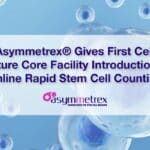
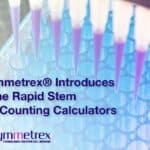
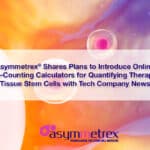
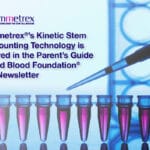
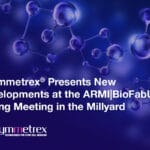
Leave a Reply